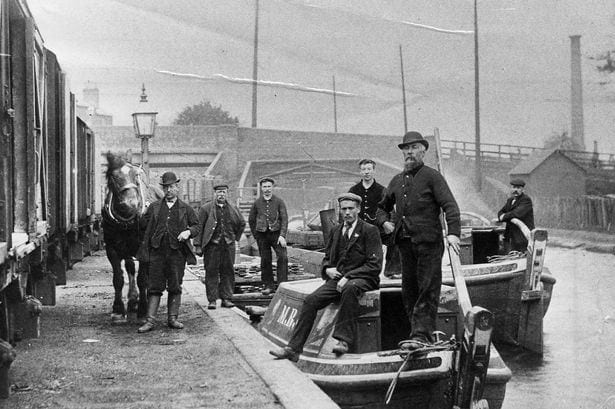
17 Aug How to Fund Infrastructure Investment
The industrial revolution of the mid-18th century placed immense pressure on the logistics of moving large volumes of trade resources within the United Kingdom. Moving goods through the rutted and muck tracks left by the legacy of the medieval transport system via long trains of pack horses was not supportive of the explosive growth in production and trade the continent was experiencing.
It was to no surprise that it was industry and private enterprise that took charge in the development of the UK’s canal system to control cost efficient trade with counterparties. In this instance, it was the pottery manufacturers of Staffordshire that led the charge and slowly cornered the market for ceramics from this successful investment in infrastructure.
Fast forward to the 21st Century, and we witness the agricultural industry transforming land use to capture production efficiencies. Irrigation design, soil mapping, enterprise integration, strategic paddock construction, water articulation, hybrid genetic engineering is to simply name a few.
Farmers of tomorrow are investing today for their future. The business of farming is a long game and infrastructure investment by its very nature is capital intensive. How this is capital is captured on the balance sheet requires strategic foresight to ensure the calculated operational objectives do not compromise the business’ financial objectives (stability and viability).
If infrastructure capital is funded by debt, then sensitivity needs to be applied to both the lender’s credit criteria against the prospective financial variability of farming. A dollar spent on infrastructure does not necessarily mean a dollar increase in value. Increase in profitability needs to surpass the cost of capital plus the depreciation of the investment by a respectable return on investment. Servicing, equity and security ratios need to be calculated to ascertain the impact on the credit score and future fire power of borrowing.
Like the pottery manufacturers of Staffordshire, good infrastructure investment can lead to market domination. Lack of investment can prospectively lead to a Kodak moment while the world moves forward without you. Misallocated investment can spearhead risk into the business. Fortunately access to critical technical information and professional expertise can assist in negating downside risk the infrastructure investment decision making process.



Sorry, the comment form is closed at this time.